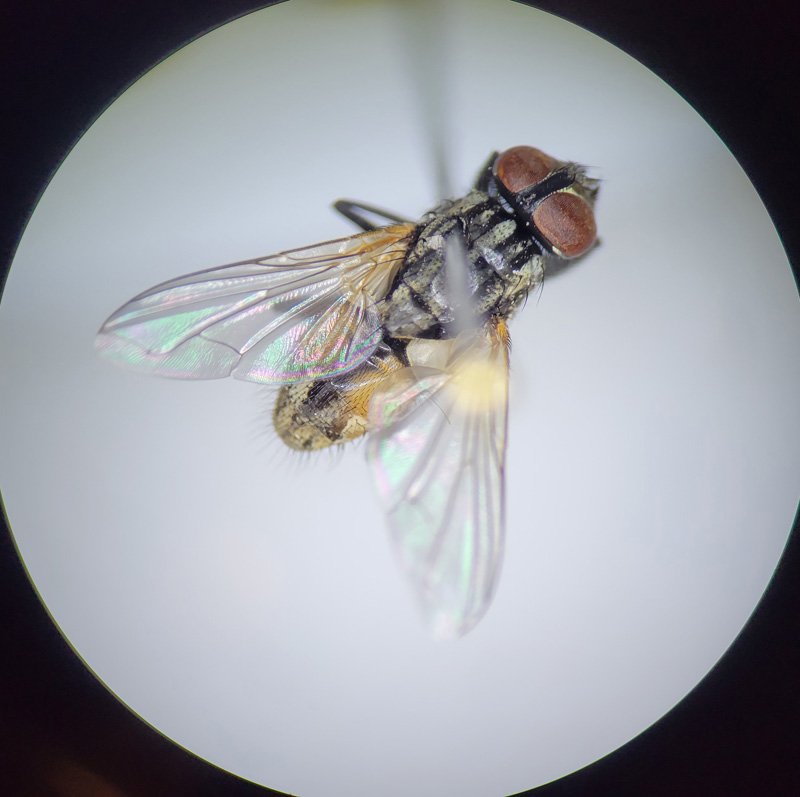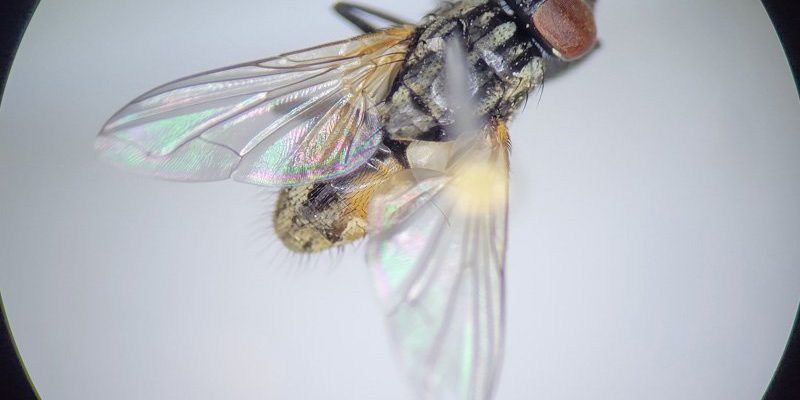
Understanding how houseflies communicate can seem a bit like deciphering a foreign language, especially since they can’t exactly sit down and have a chat like we do. Instead, they use a mix of body language, sounds, and chemical signals to relay messages. So, let’s delve into the fascinating world of housefly communication and see what goes on behind those tiny, buzzing wings!
The Ways Houseflies Communicate
Houseflies have a pretty interesting toolkit for communication. They don’t use words, but rather a combination of sounds, movements, and scents to convey their feelings and intentions. Think of it like a dance—there’s rhythm and purpose behind their actions.
One of the primary ways houseflies communicate is through body language. Ever notice how a fly will quickly land, then lift its legs or move its head? This can signal to other flies nearby where food is or how safe the area is. Flies also use their antennae, which are like sensory superhighways. They wave them around to pick up chemical signals in the air, helping them assess their environment.
Another fascinating aspect is their sounds. Houseflies can produce buzzing noises by rapidly beating their wings. While we may not understand the specifics of those vibrations, other flies can interpret them as signals for mating or alerting others to danger. Just imagine it like a secret code they share while zooming around.
Understanding Chemical Communication
Chemical communication, often referred to as chemical ecology, plays a crucial role in how houseflies interact. These clever insects release and detect certain chemicals called pheromones. Pheromones are like invisible messages sent into the air to trigger specific responses in other flies.
For example, female houseflies can release pheromones to attract mates, much like how a flower emits scent to attract bees. This signal can travel quite far, ensuring that male flies come flying in from all directions. It’s like a giant billboard advertising availability, just without the flashy lights.
Additionally, houseflies often use pheromones to mark food sources. When a fly finds something delicious (like your leftover pizza), it can leave a scent trail to guide other flies to the feast. So if you’ve ever wondered why a swarm of flies suddenly appears at your picnic, it’s likely because one of them put out the “all-you-can-eat buffet” sign!
The Role of Visual Signals
While chemical signals are essential, houseflies also rely on visual cues to communicate. You might have noticed how flies can appear to chase or dance around each other. This isn’t just for fun—these interactions can serve various purposes.
When flies are competing for food or mates, they often engage in what appears to be a playful chase. This behavior can assert dominance or establish hierarchies within a group. Just like humans might playfully nudge each other to claim a spot in line, houseflies use these visual signals to establish who’s in charge of the territory.
Moreover, houseflies can exhibit certain postures to indicate different states of being. For instance, a fly might raise its legs in a defensive posture if it feels threatened. This visual display acts as a warning to others in the area. If you think about it, it’s like a fly version of rolling your eyes or crossing your arms when you’re feeling irritable.
Why Communication Matters for Houseflies
You might be wondering why all this communication is so important for houseflies. After all, they seem to survive just fine buzzing around! Understanding how they interact is crucial for their survival and reproduction.
Effective communication helps flies find food sources and mates efficiently. With their short life cycles, maximizing their opportunities is vital. By quickly signaling the location of food or potential mates, they ensure the continuation of their species. In a way, their survival hinges on a finely tuned communication system that lets them streamline their activities.
Moreover, houseflies have to navigate various dangers, from predators to environmental hazards. By communicating effectively, they can warn each other of approaching threats, ensuring their safety. It’s a classic case of “safety in numbers,” where a well-informed group stands a better chance of survival.
The Influence of Environment on Communication
The environments houseflies live in can also influence their communication methods. In urban areas, for example, the buzz of city life may drown out some of their auditory signals. But don’t worry—their other forms of communication still shine through!
In quieter settings, like rural fields, flies may rely more on their sounds and pheromones, letting them connect with one another without the distractions of urban noise. This adaptability shows that houseflies are incredibly resourceful, making the best of whatever situation they find themselves in.
Additionally, temperature and humidity can affect how well they detect chemical signals. In warmer conditions, pheromones dissipate faster, which can lead houseflies to rely more on visual and auditory cues. It’s like trying to smell cookies baking in a warm kitchen—sometimes you just have to look around to find out where that sweet aroma is coming from.
So, there you have it! Houseflies might seem small and insignificant, but their communication methods are quite complex and fascinating. They use a variety of signals, from chemical to visual, to interact with each other and navigate their environment.
Understanding how houseflies communicate not only sheds light on these tiny creatures but also highlights the importance of communication in all living beings. Whether it’s in the insect world or among humans, sharing information is key to thriving in any community. Next time you see a housefly buzzing around, remember that its tiny world is alive with communication just waiting to be understood!

